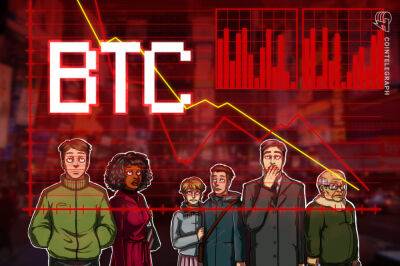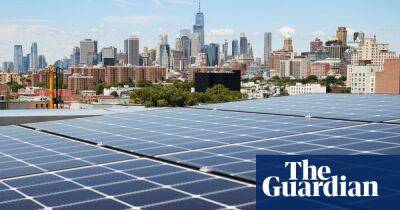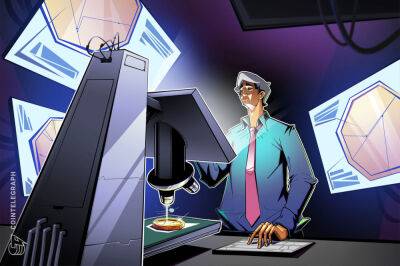You may qualify for over $10,000 in climate incentives from the Inflation Reduction Act. Here's when you can claim them
Households may soon be able to claim thousands of dollars in tax breaks and rebates if they take steps to reduce their carbon footprint.
But eco-friendly consumers must wait until 2023 — perhaps even 2024 or later — to see many of those financial benefits.
The Inflation Reduction Act, which President Joe Biden signed into law on Aug. 16, represents the largest federal investment to fight climate change in U.S. history. Among other measures, the law offers financial incentives to consumers who buy high-efficiency appliances, purchase electric cars or install rooftop solar panels, for example.
Those incentives and various qualification requirements kick in according to different timelines. Here's when consumers can expect to see them and how to decide when to make a purchase.
There are many moving pieces tied to incentives for new and used electric vehicles — and each may influence when a consumer chooses to buy.
Consumers who buy a new electric vehicle can get a tax credit worth up to $7,500. Used vehicles qualify for up to $4,000. Each credit comes with various requirements tied to the consumer and vehicle, such as household income and sales price.
Consumers may also be eligible for additional electric-vehicle incentives from state and local governments or utility providers, per rules already on the books.
The timing for used vehicles is relatively straightforward: Purchases qualify for the new federal tax break starting in 2023. This «credit for previously-owned clean vehicles» is available to the end of 2032. However, consumers in the market for a used vehicle may wish to wait until 2024 or later (more on that in a bit).
More from Personal Finance:What you can expect from Labor Day weekend car shoppingIdentity scams
Read more on cnbc.com






















